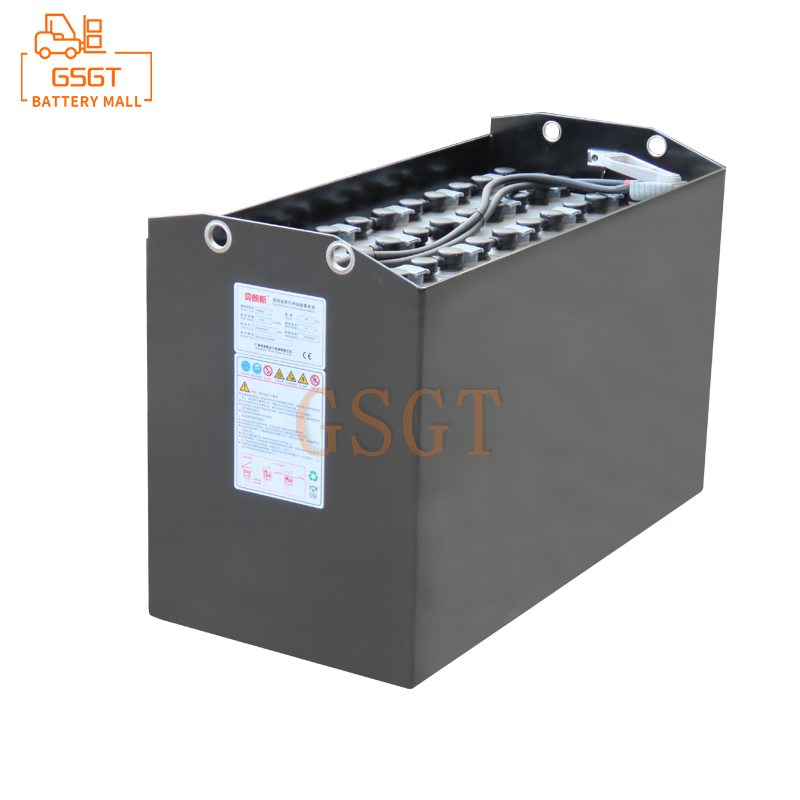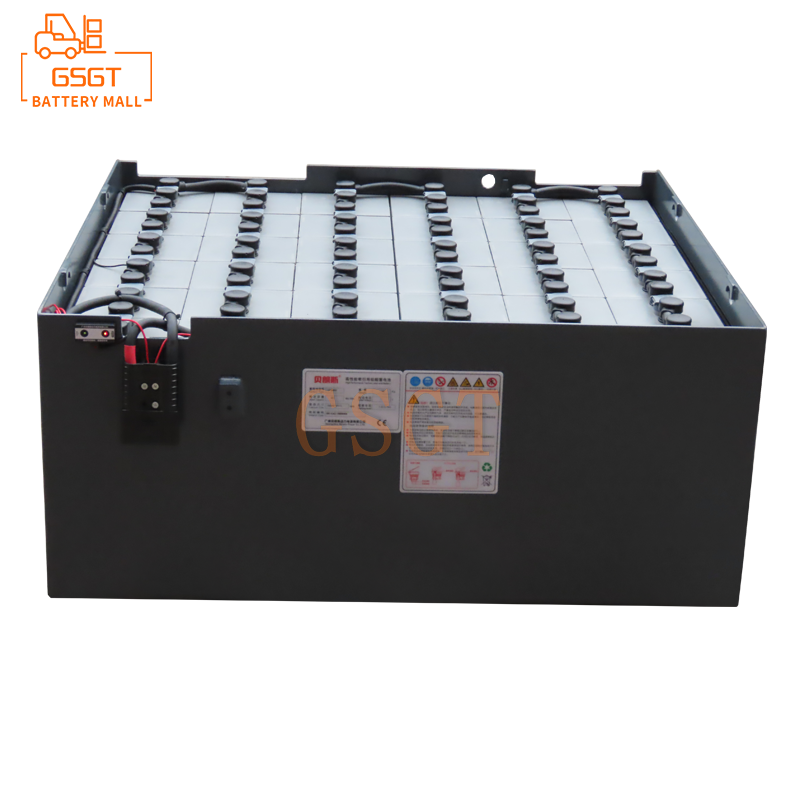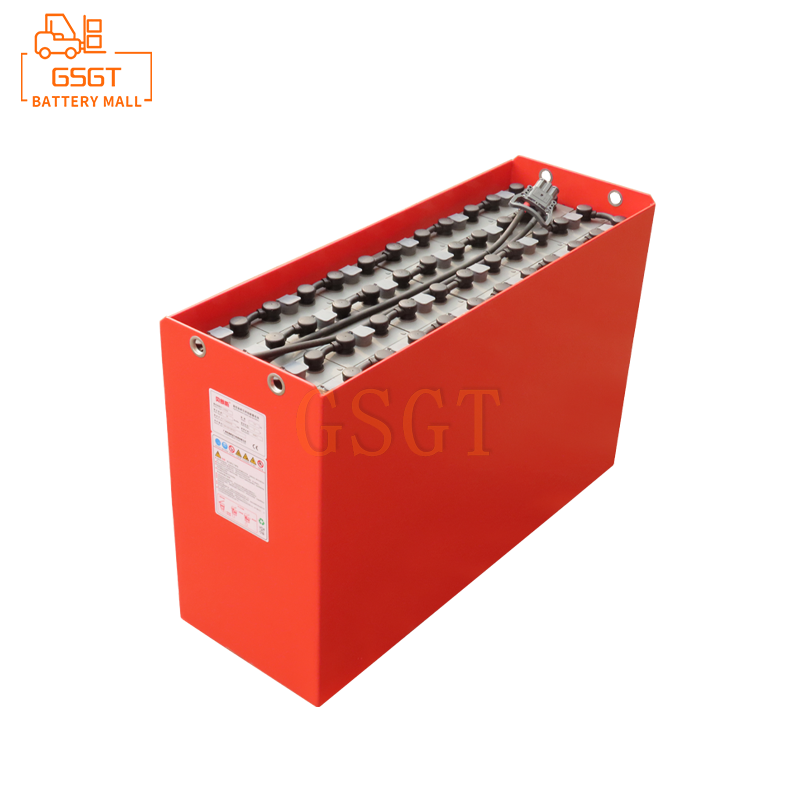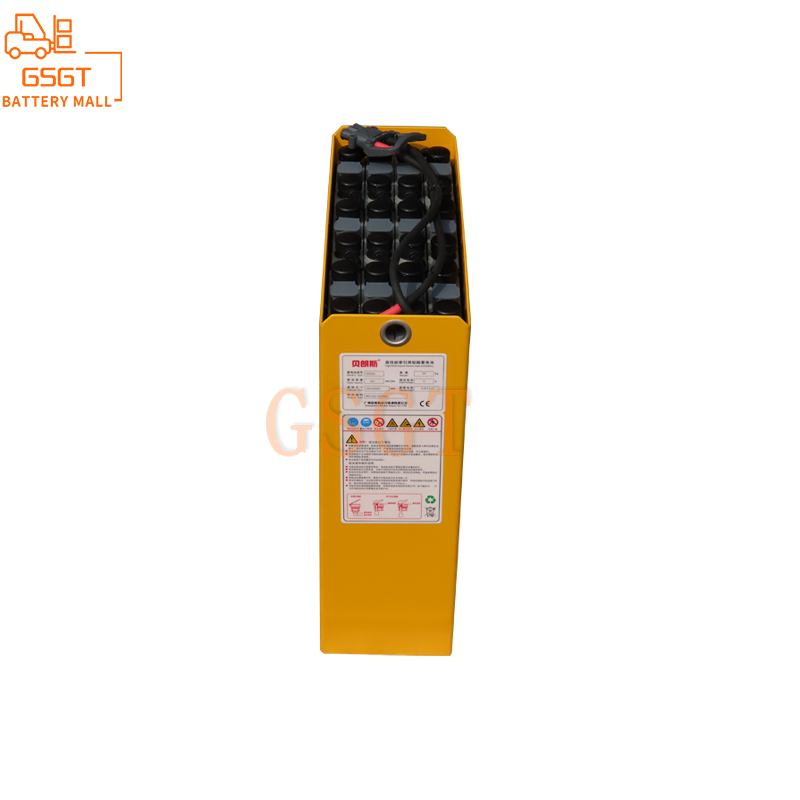Time:2025-03-10 10:39:41
Browse:341
In the long development process in the field of energy storage, lead-acid batteries, with their low cost, mature technology and excellent high and low temperature performance, have a firm foothold in many key scenarios such as car start-up, energy storage system, emergency power supply, and occupy an indispensable position. However, with the rapid development of science and technology, the social demand for efficient energy storage has shown explosive growth, traditional lead-acid batteries in energy density, cycle life, charge and discharge efficiency and other core performance, gradually exposed shortcomings, difficult to meet the current stringent requirements. Among the many strategies to improve the performance of lead-acid batteries, material innovation is like a "golden key", opening up a new direction for breaking through the performance bottleneck. Aside from positive and negative electrode materials, innovations in materials such as partitions and electrolytes also play a pivotal role in improving the performance of lead-acid batteries.
First, the traditional partition and electrolyte material system analysis
(1) the role and limitations of the partition material
The separator plays a vital role in the lead-acid battery, which is like a loyal "guard", separating the positive and negative plates steadily to prevent the direct contact between the two poles and causing short circuit. Traditional partition materials, such as microporous rubber and glass fiber, perform isolation duties to a certain extent, but there are also many shortcomings. The electrolyte retention ability of microporous rubber is poor, and with the growth of battery use time, the electrolyte is easy to lose, resulting in blocked ion transmission inside the battery, which affects the charge and discharge performance. The glass fiber separator is deficient in ion permeability, and ions will encounter greater resistance when passing through the separator, which reduces the efficiency of the battery reaction. Moreover, the mechanical strength of these two traditional partitions is limited, and during the frequent charging and discharging process of the battery, it is easy to be deformed and damaged by the extrusion of the plate and the corrosion of the electrolyte. Once the partition has a problem, the risk of short circuit of the positive and negative poles will increase sharply, and the battery life will be greatly reduced.
(2) The influence and challenge of electrolyte materials
As the "medium" of electrochemical reaction in lead-acid battery, the importance of electrolyte is self-evident. Sulfuric acid solution is the common electrolyte of lead-acid battery, and its concentration and purity have a very significant effect on battery performance. When the concentration of sulfuric acid is too high, it is like a double-edged sword, although it can improve the initial capacity of the battery to a certain extent, but it will also accelerate the corrosion of the plate and shorten the service life of the battery. The concentration of sulfuric acid is too low, and it cannot provide enough power for the battery reaction, resulting in insufficient battery capacity. In addition, in the battery charging and discharging process, the electrolyte will also face the test of temperature change, high temperature environment, sulfuric acid is easy to decompose, water will also accelerate evaporation, affecting the stability of the electrolyte, and then interfere with the normal performance of the battery.
Second, partition material innovation to improve performance path
(1) Performance advantages of aramid fiber separator
The appearance of aramid fiber separator has brought a new dawn for the improvement of lead-acid battery performance. Aramid fibers exhibit excellent performance thanks to their unique and tough molecular structure. It has a strong electrolyte retention ability, like a strong "sponge", which can firmly adsorb the electrolyte, ensuring that the electrode can always be fully soaked by the electrolyte during the entire process of battery charging and discharging. This feature makes ion transport more smooth, greatly reduces the concentration polarization phenomenon, and effectively improves the charge and discharge efficiency of the battery. At the same time, the ion permeability of the aramid fiber partition is excellent, and the ions can shuttle quickly in it, which provides a strong support for the chemical reaction inside the battery. More prominent is that it has a very high mechanical strength, in the face of plate extrusion and long-term corrosion of the electrolyte, it can still maintain the structural integrity, not easy to deformation, damage, thus greatly reducing the risk of positive and negative short circuit, significantly extending the cycle life of the battery. In some application scenarios that require high battery stability and life, such as the backup power system of a large data center, the advantages of aramid fiber partitions are fully demonstrated, ensuring that the data center can continue to run stably when the power supply is interrupted.
(2) Innovative breakthroughs in ceramic composite partitions
Ceramic composite separator is another new type of separator material with great potential. It combines the high temperature resistance, corrosion resistance, high insulation and other characteristics of ceramic materials with the advantages of other materials to achieve innovative breakthroughs in performance. There are a large number of uniformly distributed micropores in the microstructure of ceramic composite partition, which not only provide sufficient storage space for the electrolyte, but also accurately regulate the ion transport path, so that the ion transport is more orderly and efficient. In high temperature environments, the thermal stability of the ceramic material enables the partition to maintain a stable structure without deformation or performance deterioration due to temperature increase. This feature is crucial for the application of lead-acid batteries in high temperature areas, such as solar energy storage systems in desert areas, effectively solving the problem of traditional partition performance decline at high temperatures, ensuring that the battery can still work normally in harsh environments, and greatly improving the environmental adaptability and reliability of the battery.
Third, electrolyte material innovation to improve performance path
(1) Synergistic effect of high purity sulfuric acid and additives
The use of high purity sulfuric acid as the basis of the electrolyte is a key step to improve the performance of lead-acid batteries. High purity sulfuric acid reduces the interference of impurities on the battery reaction, making the electrochemical reaction more pure and efficient. At the same time, specific additives such as stannous sulfate are added(SnSO4), can play an unexpected synergy effect. Stannous sulfate can inhibit the growth of the negative lead sulfate crystal and keep it in a fine and uniform form. In this way, the reactivity of the electrode is significantly improved, the polarization phenomenon of the battery in the charge and discharge process is effectively alleviated, and the charge and discharge efficiency is greatly improved. In addition, some additives also have the effect of corrosion inhibition, which can form a protective film on the surface of the plate, slow down the corrosion rate of sulfuric acid on the plate, and extend the service life of the battery. In some applications that require frequent charge and discharge, such as the power supply of electric forklifts, by using high-purity sulfuric acid and appropriate additives, lead-acid batteries can withstand more frequent charge and discharge cycles and maintain stable performance output.
(2) Precise optimization of electrolyte formula
For different application scenarios and needs, accurately optimizing the formula of the electrolyte is another important strategy to improve the performance of lead-acid batteries. For example, in a low temperature environment, appropriately reducing the concentration of sulfuric acid and adding some substances that can reduce the freezing point of the electrolyte, such as ethylene glycol, can effectively improve the performance of the battery at low temperatures. This is because the lower concentration of sulfuric acid is not easy to freeze at low temperatures, and the addition of ethylene glycol further reduces the freezing point of the electrolyte, so that the ions can still maintain good mobility at low temperatures, so as to ensure that the battery can be charged and discharged normally. On the contrary, in high temperature environment application scenarios, it is necessary to adjust the electrolyte formula to enhance its thermal stability. It is possible to reduce the decomposition of sulfuric acid and the evaporation of water at high temperatures by adding some heat-stabilizing substances, such as phosphoric acid, to ensure that the battery can operate stably in a high temperature environment and maintain good performance. In the field of backup power supply of communication base stations, due to the wide distribution of base stations and the large differences in the environment, the precise optimization of the electrolyte formula according to the climatic conditions of different regions can make the lead-acid battery better adapt to the environment and ensure the stable operation of the communication network.
The baffle and electrolyte material innovation in the material innovation has built a solid bridge for the performance improvement of lead-acid batteries. By developing new separator materials and optimizing electrolyte formulation and composition, lead-acid batteries are expected to achieve a qualitative leap in key performance indicators such as charge and discharge efficiency, cycle life and environmental adaptability. In the future, with the continuous progress of materials science, these innovations will continue to promote lead-acid batteries to radiate new vitality and vitality in the field of energy storage, and better meet the growing diversified energy storage needs of society.

$2450

$4045

$2685

$1270

MESSAGE
Professional And Efficient
Security
Affordable Price
Professional Services